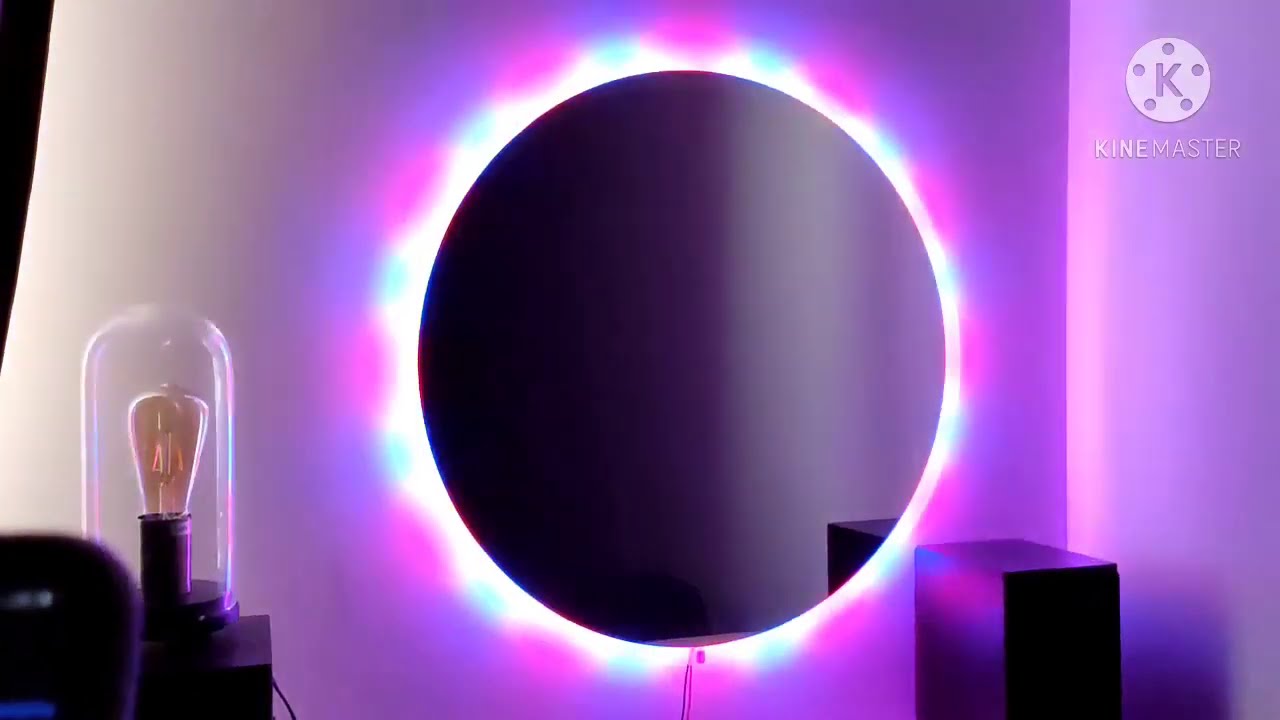Hi Gentlemen,
Following my WLED project at the kitchen, here is another project - mirror with WLED. Have a look on the video below
Any comments, advices, comments appreciated.
Tasks that were completed:
-
By default, sensor button turns on the led with last active color/effect. But for convenience of user of the mirror, it would be better to have a white backlight (the main purpose of the mirror is to have good reflection). This part completed with the use of macros, as described here.
-
Touch button, connected to nodeMCU as recommended by Aircookie here. Except for one thing - I do not use any resistors, just direct connection to the NodeMCU’s pins.
-
power supply - 1A 5V, it enough for LED strip (120 leds) and nodemcu.
-
All the project is integrated into Home Assistant (HA) so could be used in home automations. Wled was discovered by HA autoimatically.
-
Nice feature of wled that looks incredible with the rounded led strip like at this mirror - is a clock.
To think\points of development:
- Nodemcu behind the mirror got very low wifi signal, so some additional antenna could be useful. Sometimes it looses connection even to the router mounted at the same room.
- power wire at the bottom of the mirror (220v) to connect power supply inside the mirror is little bit terrible for me. At least good isolation should be used. Or, otherwise, use just USB cable and USB AC adapter, so all inside the mirror only nodeMCU will be installed, power supply is outside. Good idea to have even an microUSB/typeC connector at the mirror, just plug in the cable and that is all.
- touch button looks not very good as it black and “visible”. Installing behind the mirrored part of the mirror makes the touch button non-working.
Community, if you have any comments, suggestions, advices - please write here.
Thanks to all project’s contributors!
